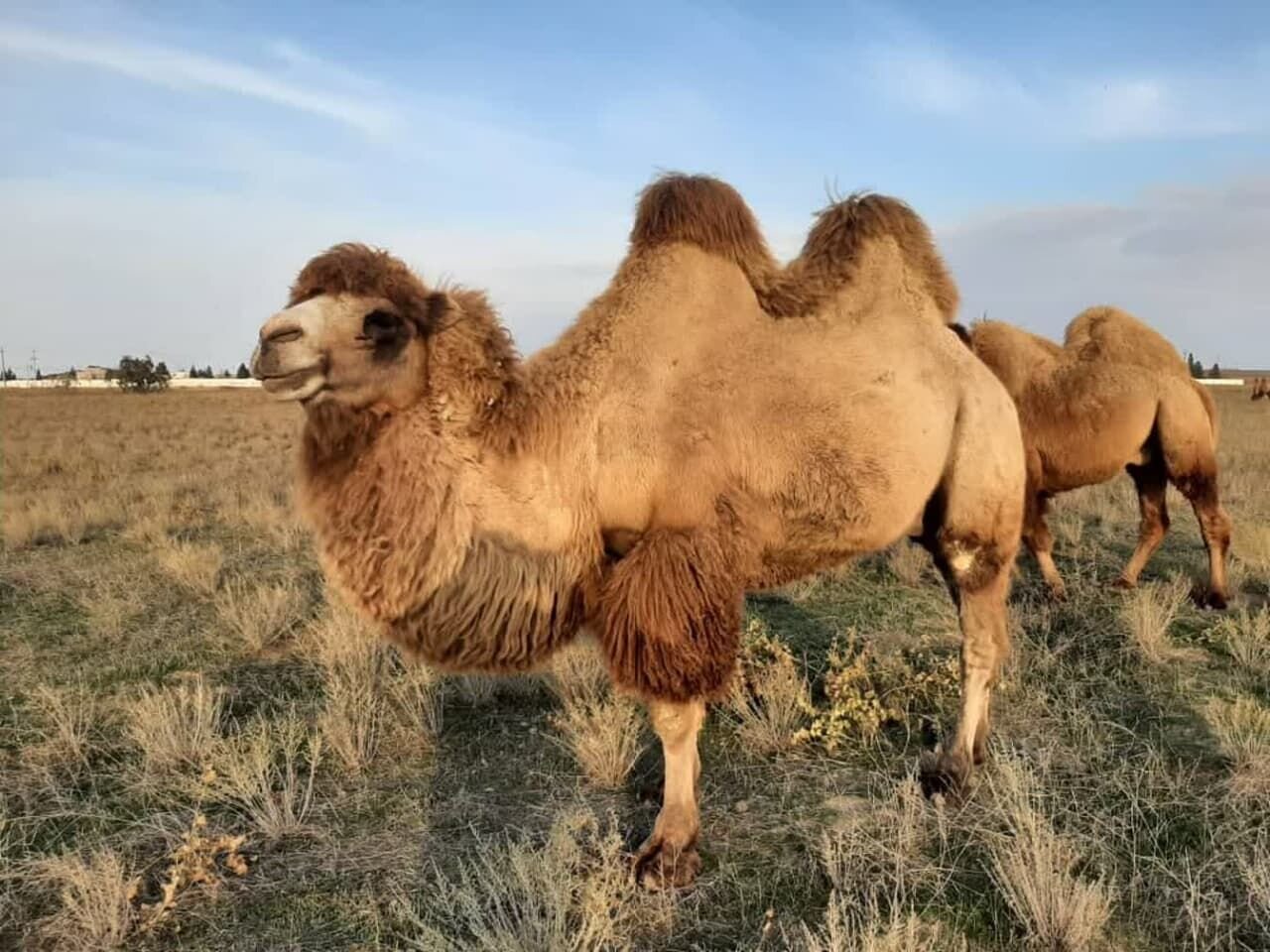FAO implementing project to protect Bactrian camel in Iran

TEHRAN - The United Nations Food and Agriculture Organization (FAO) is implementing a joint project to breed purebred Bactrian camel in Iran as part of efforts to protect the endangered mammal.
FAO has allocated $350,000 for the implementation of the three-year project which will end next year, IRNA quoted Reza Aliyan, an official with the Ministry of Agriculture, as saying.
Based on the plan, cultural, promotional, and educational programs will be held for the breeding of Bactrian camels with the participation of tribespeople in the northwestern provinces of Ardabil, East Azarbaijan, and West Azarbaijan.
There are about 200 Bactrian camels and some 200,000 one-humped camels in the country, he noted.
“We have come to the conclusion that we have enough population of hybrid camels in Semnan, Isfahan, Qom, and Qazvin provinces, but we should preserve and protect the pure breed.”
The official said the Ministry of Agriculture is now working on a project to expand the cultivation of halophytes or plants that grow in salty conditions to help boost the breeding of camels in the country.
FAO has also launched other projects in the country in the field of agriculture.
The first technical cooperation program (TCP) between the Food and Agriculture Organization of the United Nations (FAO) and the Ministry of Agriculture was launched with the aim of increasing the productivity of dryland farming in the northwest of the country.
Funded by FAO, the joint project is designed for targeted support of food security, sustainable agriculture, and rural development, IRNA reported.
Over the last 11 years, the average area under dryland farming in the country was about 5.45 million hectares, of which around 3.7 million hectares were under wheat cultivation.
Also, some one million hectares were planted with barley, 456,000 hectares were under chickpeas, 126,000 hectares were under lentils, 44,000 hectares were under oil seeds, and 84,000 hectares were under fodder, producing as much as six million tons of crops annually.
On March 29, FAO in cooperation with the Ministry of Agriculture launched an e-learning course, aiming to inspire practitioners to champion transformational dryland forest management strategies.
The course was entitled “The Transforming Dryland Forests and Agrosilvopastoral Systems: An Approach to Sustain and Develop Food Production in Drylands under Change”.
Spearheaded by the Committee on Forestry Working Group on Dryland Forests and Agrosilvopastoral Systems (COFO WG), the course was developed through the joint efforts and expertise of the Natural Resources and Watershed Management Organization of the Ministry of Agriculture and 15 other partners.
“When correctly implemented, agrosilvopastoral systems can ensure the sustainability of food production and livelihoods in these regions, while alleviating poverty and reducing the risk of conflict and disasters,” said FAO Forestry Officer Fidaa F. Haddad.
Meanwhile, FAO has taken positive steps towards curbing the spread of red palm weevil (RPW), a highly destructive transboundary pest that can cause serious damage to date palm trees, leading to the death of the infested trees.
The outbreak and uncontrolled spread of the RPW pose a significant threat to the country's date palm trees industry and the livelihood of farmers who depend on it for income.
Dispatching two international experts to infested areas in Fars and Kerman Provinces has helped to assess the current situation and highlighted the need to bolster the current efforts to control the pest.
According to the latest FAO report, wheat production in Iran has increased by 28 percent in 2022, putting the country in 13th place among the world’s top producers of strategic grain.
Iranian farmers produced some 13 million tons of wheat in 2022, 2.9 million tons more than the figure for the previous year, IRNA reported.
According to FAO, Iran was the world’s 14th largest wheat producer in 2021.
The organization has also predicted that Iran will produce 13 million tons of wheat in 2023, which will not change compared to 2022.
MG
Leave a Comment